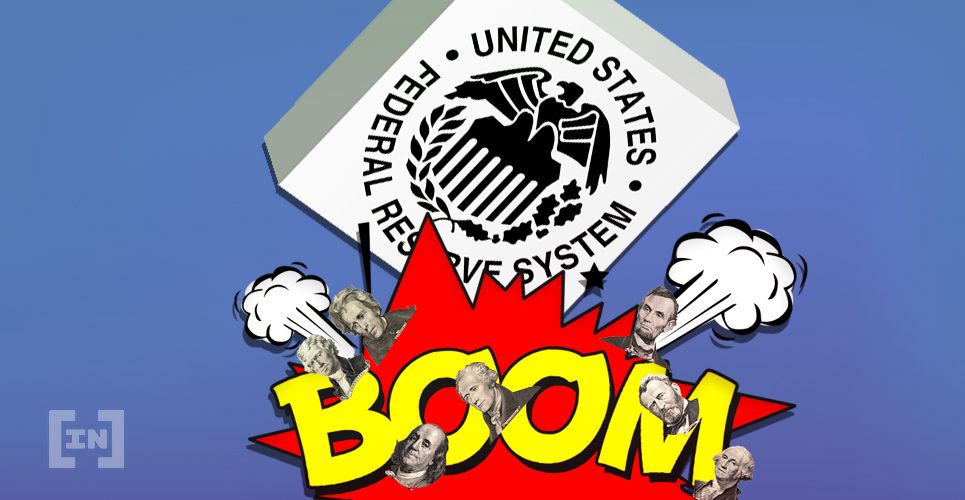Central banks around the world may be in trouble as global economies struggle under increasing pressure from an inactive workforce. Fractional reserves for banks have been set to zero — so what does this mean?
March 2020 will go down in history as the month that another economic and financial crisis was triggered by the COVID-19 outbreak. Central banks are taking unprecedented measures to keep economies afloat, but the wider implications of their actions are far more disturbing.
SponsoredFractional Reserves Set to Zero
Fractional reserve is a banking system in which only a fraction of bank deposits are backed by physical cash on hand and is available for withdrawal. This means that, if too many people withdraw at the same time, the bank will be in big trouble.
Theoretically, this practice is encouraged by banks and states to expand the economy by freeing capital for lending and more credit. Usually, most banks are required to keep 10 percent of deposits as a reserve, though that has all just changed.
Last month, the United States Federal Reserve lowered the fractional reserve requirement to zero percent. This means that there is now nothing, in theory, backing up any bank balance sheet and the entire amount deposited can now be loaned out elsewhere. This adds to the epic levels of debt that the country is already drowning in.
On March 15th, the Fed lowered the fractional reserve requirement to 0%.
Yet, since that day banks have been hoarding cash like never before. pic.twitter.com/jpYF4Ypzjq
— Mati.Quantum (@MatiGreenspan) April 13, 2020
It appears that banks could be anticipating a major run on them if the coronavirus situation worsens and people panic. More concerning is that banks have the power to prohibit withdrawals, should a scenario such as this materialize.
SponsoredOne of the most recent examples of this was in Greece in 2015 — when account holders were limited to a few euros a day, regardless of how much they held in the bank.
Without a fractional reserve, U.S. banks can, in theory, now create and hoard cash with no limits and lend it out wherever they want with zero accountability.
Satoshi’s Vision
The enigmatic Satoshi Nakamoto had a big problem with fractional reserve banking. So much so that it catalyzed his work on a decentralized peer-to-peer digital currency that we know as Bitcoin.
On a P2P forum in 2009, he famously wrote;
Banks must be trusted to hold our money and transfer it electronically, but they lend it out in waves of credit bubbles with barely a fraction in reserve.
These comments came following the 2008 financial crisis, which was largely caused by U.S. banks lending money to low-creditworthy people that could never realistically repay it. It appears that the banks are repeating the same mistake again, all in the name of rescuing an economy that already appears to be doomed.


